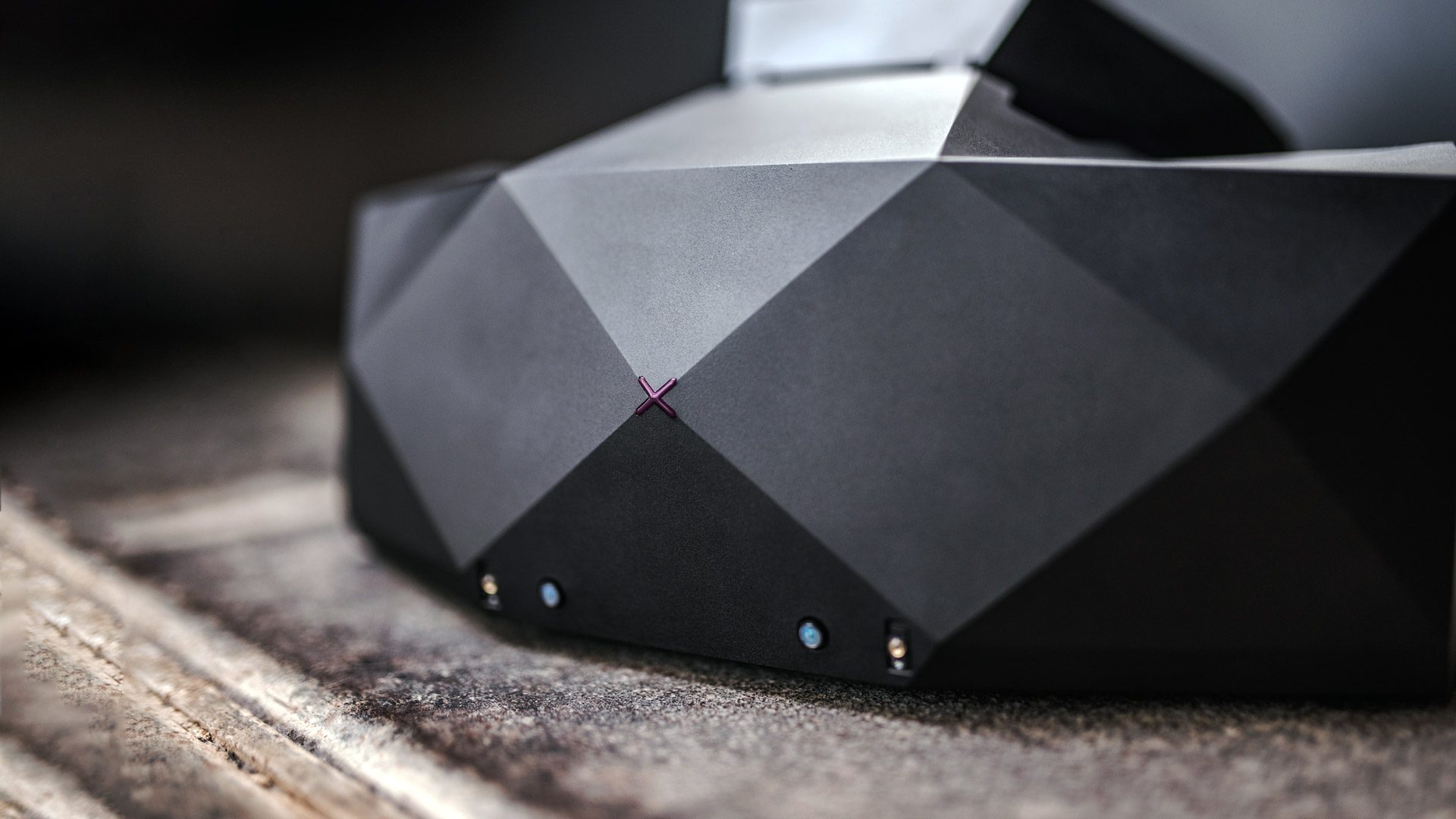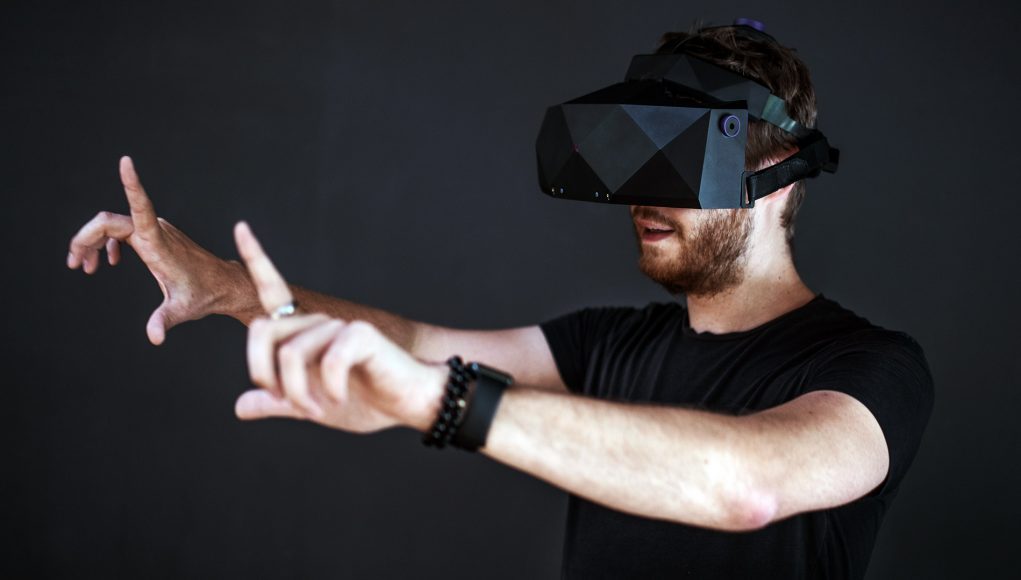VRgineers, the Prague-based VR startup behind the enterprise-focused headset XTAL, have announced they’re planning on building a version of their wide field of view (FOV) headset for the consumer market.
The company revealed its plans to produce the consumer-facing XTAL headset last weekend at meeting with YouTubers MRTV, SweViver, and VooDooDE where the three tested out the latest version of the headset.
The recently updated enterprise XTAL headset is touted for its pair of 2,560 × 1,440 OLED displays, delivering what the company now claims is a 180 degree diagonal field of view thanks to new non-Fresnel lenses—10 more degrees than the penultimate version.

The three YouTube channels have been stalwart proponents of Pimax’s “8K” and “5K” headsets, participating in a program to provide feedback to Pimax in an effort to refine it for the consumer market. Here, it appears MRTV, SweViver, and VooDooDE have been tapped to fill same role with XTAL in a beta testing program, or as Sebastian Ang of MRTV writes “to be involved in the development process of the new device and to provide suggestions and experience.”
Ang maintains the headset “should be much more affordable than the current XTAL headset that comes in at $5800.” Work on the headset is said to begin sometime in 2019.
VooDooDE, a German language channel, says in the description of his latest video (German) that the “whole process is under NDA, so I’m not allowed to publish anything from the tests, including any release dates or prices.”
Continuing:
“It was already clear that the collaboration with the VRgineers is worlds more professional than with Pimax. Marek, the CEO of VRgineers, is very knowledgeable and knows what he’s talking about. He already has a very detailed vision and I am in good spirits that it will be reasonable. I will keep you updated on my channel as far as the NDA allows me! Work on perhaps the best virtual reality headset for gamers will start in 2019.”
VRgineers are staying tightlipped on the details for now, so there’s no telling when the device will be available to consumers, or at what price. More importantly, it isn’t clear what features the company will decided to either add or sacrifice to hit a lower price-point.







